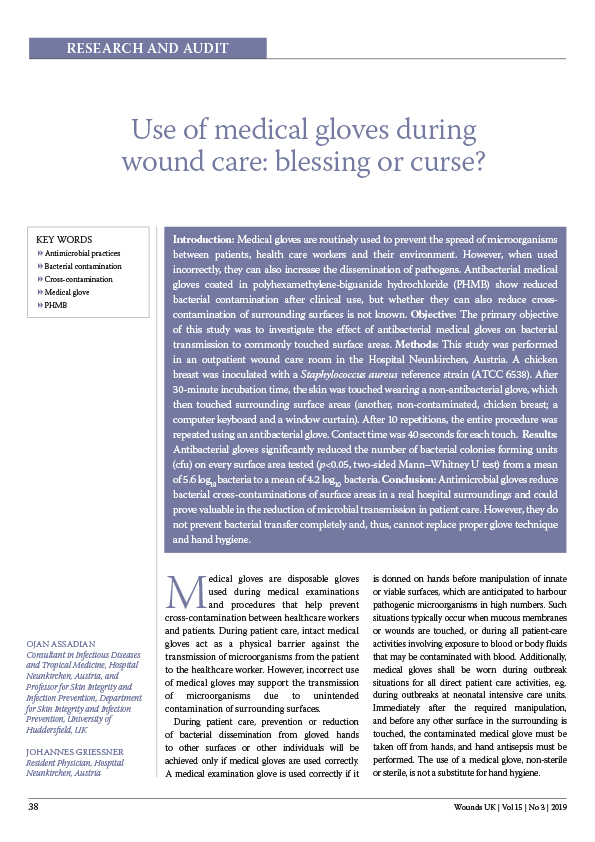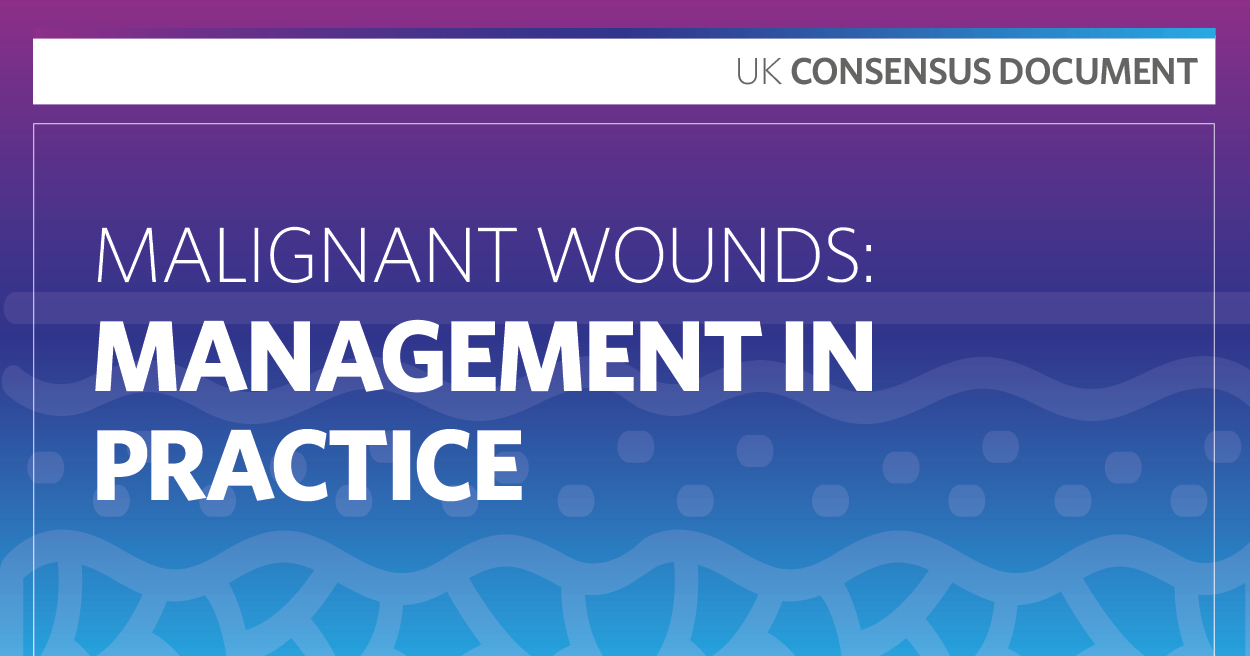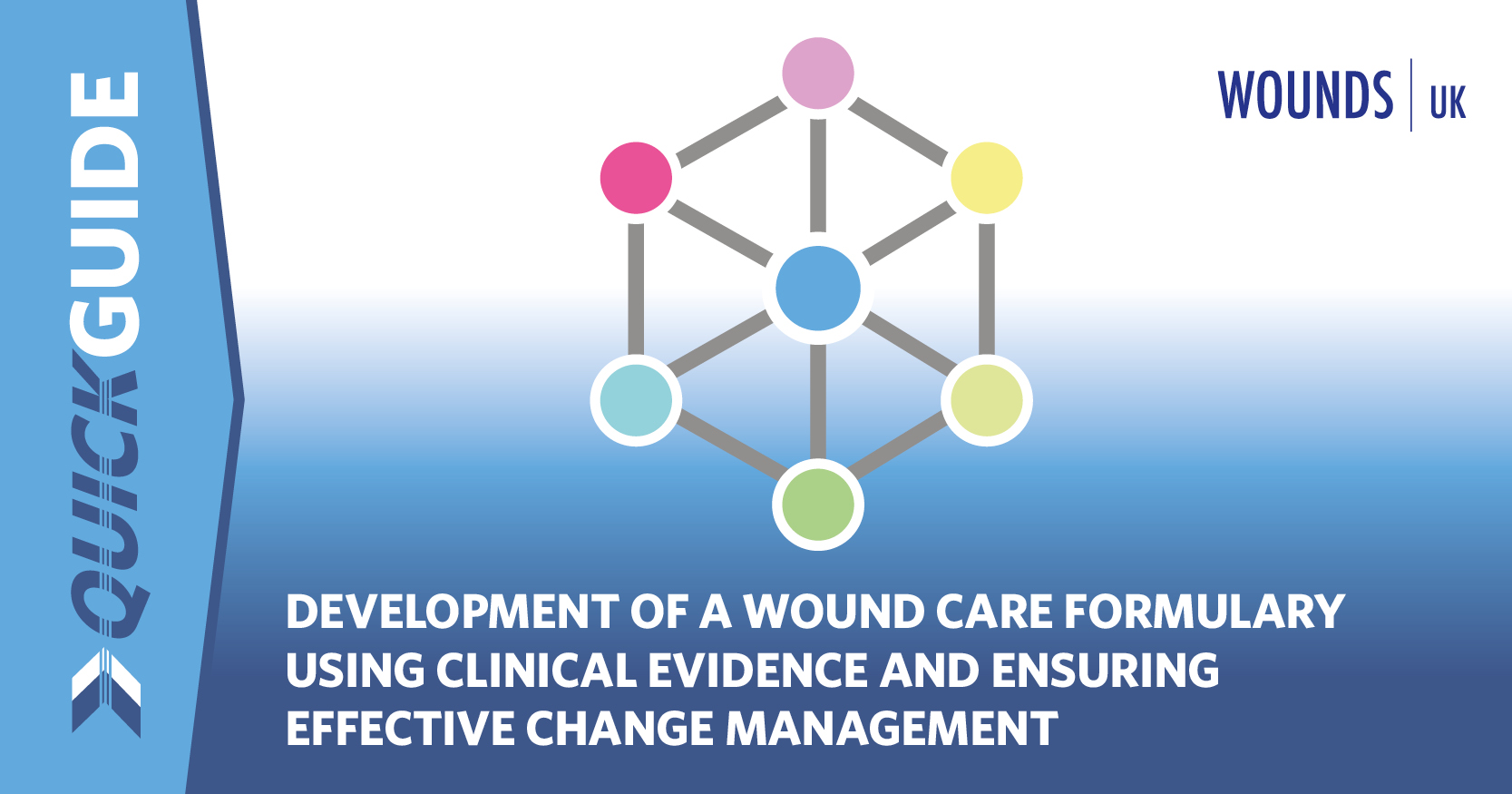Introduction: Medical gloves are routinely used to prevent the spread of microorganisms between patients, health care workers and their environment. However, when used incorrectly, they can also increase the dissemination of pathogens. Antibacterial medical gloves coated in polyhexamethylene-biguanide hydrochloride (PHMB) show reduced bacterial contamination after clinical use, but whether they can also reduce crosscontamination of surrounding surfaces is not known. Objective: The primary objective of this study was to investigate the effect of antibacterial medical gloves on bacterial transmission to commonly touched surface areas. Methods: This study was performed in an outpatient wound care room in the Hospital Neunkirchen, Austria. A chicken breast was inoculated with a Staphylococcus aureus reference strain (ATCC 6538). After 30-minute incubation time, the skin was touched wearing a non-antibacterial glove, which then touched surrounding surface areas (another, non-contaminated, chicken breast; a computer keyboard and a window curtain). After 10 repetitions, the entire procedure was repeated using an antibacterial glove. Contact time was 40 seconds for each touch. Results: Antibacterial gloves significantly reduced the number of bacterial colonies forming units (cfu) on every surface area tested (p<0.05, two-sided Mann–Whitney U test) from a mean of 5.6 log10 bacteria to a mean of 4.2 log10 bacteria. Conclusion: Antimicrobial gloves reduce bacterial cross-contaminations of surface areas in a real hospital surroundings and could prove valuable in the reduction of microbial transmission in patient care. However, they do not prevent bacterial transfer completely and, thus, cannot replace proper glove technique and hand hygiene.







